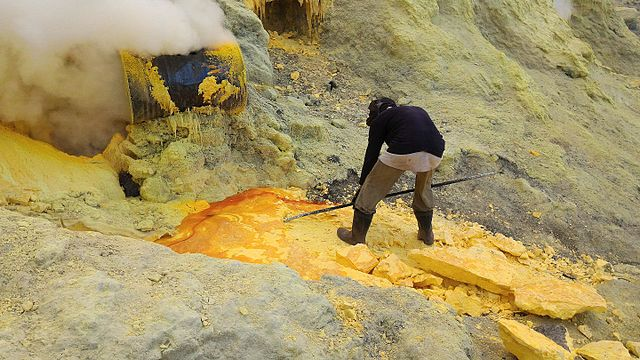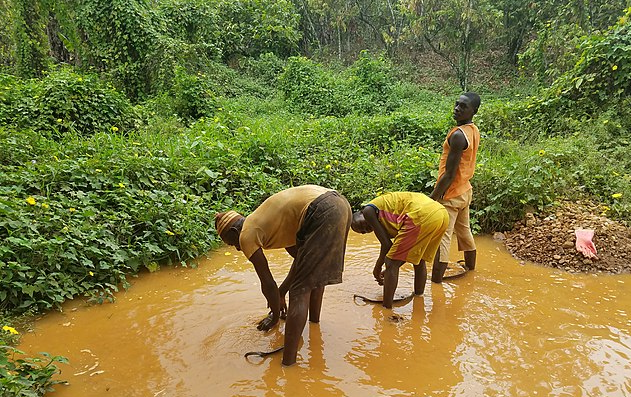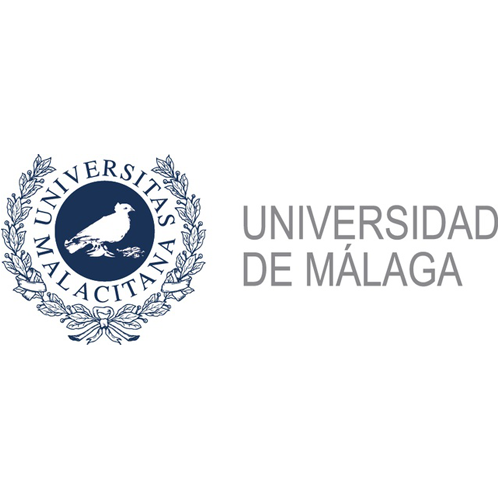Why we shouldn’t renew our devices too often
By Professor Olga Guerrero, Ph D, Chemical Engineer, University of Malaga
Introduction
Everyday millions of people around the world are renewing their electrical devices such as computers, battery cars or cell phones.
Are we aware about the materials, energy and water needed to produce them?
Are we aware of the environmental problems associated with the treatment of waste from used appliances?
Do we believe that mining is required to obtain some of the semiconductor metals needed to produce these elements?
Impacts & Benefits
The use of electronic/semiconductor-based components is becoming more popular, such as computers, cell phones, car batteries, and other electrical devices. In addition, these devices are renewed from time to time, making it necessary to produce new goods and treat the old ones as waste.
Rare metals are the next ‘black gold’. Without them, all sorts of green technology from wind turbines to electric cars and solar panels would not work. Rare metals are a family of thirty or so raw materials with often exotic names, like tungsten, cobalt, tantalum, indium, and gallium (Pitron, 2018). These products have two main issues (impacts) regarding environmental concerns and sustainability.
First, they require the use of metals (semiconductors) that must be acquired through mining, which is quite a polluting activity. Mining requires the movement / alteration of large amounts of earth, the use of a lot of energy and water to extract the necessary metals from ores, and produces a large amount of contaminated water and soil. In addition, this activity is usually carried out in regions such as South America and Africa where, in many cases, environmental and safety regulations at work are not followed correctly.
The extraction and refinement of rare metals cause immense environmental damage. The use of these metals in green and digital technologies requires the extraction of huge volumes of rock and the use of huge amounts of acids. To purify one ton of rare earths, 200 cubic meters of water are needed. In the process, this water is contaminated with heavy metals ending up, untreated, in rivers, soils and aquifers (Pitron, 2018).
Secondly, the fact that they are renewed frequently makes the number of used items more and more. These devices contain highly polluting heavy metals that cannot be treated in conventional landfills. On the other hand, the processes to recover the metals from them are very energetically and economically demanding, not being commercially feasible in most cases.
Good practices
The best practice is to re-use and repair electronic components if it is possible and limited the number of new devices as much as possible. For example, if the problem with your cell phone is that the battery is not performing properly, you can consider just changing the battery and avoiding acquiring a new cell phone. Thereby, you will save money and help environment.
In case you really need to change your apparatus, please, do not thought it to the conventional domestic waste and use the “clean points” that are available in almost of big cities/communities.
Some companies such as Vodafone or Apple have initiatives to their clients to collect the used devices. By this way, they can reduce the amount of waste and reuse some of the pieces from the used units.
Current and future challenges
After its dependence first on coal and later on oil, European society, in its transition to renewable energies, will be limited in the future by the availability of rare metals. The central role of rare metals in green and digital technology has important consequences not only for the environmental transition, but also for geopolitics and industrial policy in Europe and worldwide.
More local small companies focused on circular economy and centered on the reuse of electrical companies are required. According to some projections (references), more than 50 million tons of e-waste are discarded each year. Of this waste, only about 20% is recycled. These numbers show that this is also an economic opportunity.
Also, more “clean points” for the reuse of electrical devices would be desirable. If you do not have one of them in your city or village, you can ask your local administration about it.
Further references
https://www.euronews.com/green/2022/02/01/south-america-s-lithium-fields-reveal-the-dark-side-of-our-electric-future
https://www.santander.com/en/stories/how-to-keep-electronic-devices-from-going-to-waste
https://www.itu.int/en/mediacentre/backgrounders/Pages/e-waste.aspx
https://www.greeneuropeanjournal.eu/dirty-rare-metals-digging-deeper-into-the-energy-transition/
https://www.eldiario.es/ultima-llamada/metales-estrategicos-reciclaje-compra-publica_132_8800152.html









